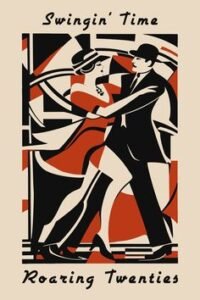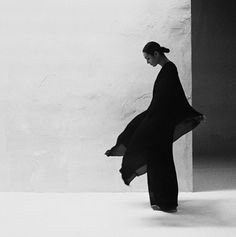Unveiling the Evolution of Fashionable Clothing: A Journey Through Time
Fashionable clothing has long ceased to be a means of covering our bodies. It is a reflection of our culture, society and individuality. Over the centuries, fashion has undergone changes influenced by historical events, technological advances, and changing social norms. In this exploration, we study the complex tapestry of fashionable clothing, tracing its evolution from ancient civilizations to modern-day trends.
Ancient Roots: The Birth of Fashion
Ancient civilizations such as Egypt, Mesopotamia and Greece laid the foundation for fashionable clothing. Clothing was not merely utilitarian but also served as a symbol of status and identity. Luxurious fabrics, intricate jewelry, and distinctive silhouettes adorned the elite, while commoners dressed in more modest clothing made from simple materials.

Renaissance: The Rebirth of Beauty
The Renaissance period witnessed the revival of art, culture and fashion in Europe. Fashionable clothing became synonymous with opulence and extravagance, as sumptuous fabrics such as silk and velvet, embellished with elaborate embroidery and lace, were included in the wardrobes of nobles and aristocrats. The rise of ready-to-wear and the introduction of fashion plates marked the beginning of individual style.
The Industrial Revolution: The Democracy of Fashion
The advent of the Industrial Revolution revolutionized the fashion landscape, making stylish clothing accessible to a wider population. Mass production techniques led to the proliferation of ready-to-wear clothing, allowing the middle class to participate in fashion trends previously reserved for the elite. Department stores have emerged as centers of sartorial innovation, offering discerning consumers an array of clothing options.
The Roaring Twenties: Decadence and Liberation
The 1920s marked an era of independence and rebellion against traditional norms. Fashionable clothing embraced the spirit of the Jazz Age, characterized by flapper dresses, sleek silhouettes, and bold accessories. Women rejected restrictive corsets in favor of loose fitting clothing that symbolized a shift towards independence and empowerment, allowing greater freedom of movement.

Postwar Recovery: Glamor and Escapism
After World War II, an era of renewal and optimism began, which was reflected in the fashion of the time. The 1950s saw a return to elegance and femininity, with full skirts, low waists, and tailored suits reflecting the idealized image of the American Dream. Hollywood played an important role in shaping fashion trends, as silver screen icons such as Audrey Hepburn and Marilyn Monroe mesmerized audiences with their glamorous style.
The Swinging Sixties: A Revolution in Fashion
The 1960s witnessed a seismic shift in fashion, fueled by social and political upheaval. Youth culture rejected the conventions of their parents’ generation, embracing bold colors, psychedelic patterns, and unconventional silhouettes. Icons like Twiggy and The Beatles set the tone for a decade defined by experimentation and nonconformity, as fashion became a form of self-expression and protest.
Minimalism and Street Style: The Modern Era
In the late 20th century, fashion made a paradigm shift towards minimalism and street style. Designers such as Calvin Klein and Giorgio Armani championed understated elegance, favoring clean lines and neutral palettes over excess and ornamentation. Simultaneously, inspired by urban subcultures and youth movements, streetwear emerged as a dominant force in fashion. Brands like Nike, Adidas, and Supreme blurred the lines between high fashion and street culture, redefining the concept of luxury.

The result: fashionable clothing in the 21st century
As we move further into the 21st century, the landscape of fashionable clothing continues to evolve, shaped by globalization, technology, and changing cultural values. Sustainability and inclusivity have emerged as driving forces in the industry, prompting designers to adopt eco-friendly practices and celebrate diversity in their collections. In a world of constant change, one thing remains constant: fashion’s enduring ability to captivate, inspire and reflect the spirit of the times.
Fashionable clothing is more than just fabric and thread. It is a testament to the human desire for self-expression and creativity. From the majestic courts of ancient civilizations to the bustling streets of modern cities, fashion has always been a mirror of our collective aspirations and ideals. As we embark on the next chapter of this artistic journey, let us celebrate the rich tapestry of style that unites us across time and culture.
